Calcium-Rich Foods That Are Just as Good as a Glass of Milk
Calcium is an essential mineral responsible for maintaining strong bones, healthy teeth, and proper nerve and muscle function. While milk often ranks as the top choice for calcium intake, many people either cannot consume dairy or prefer alternative sources to diversify their diet. Fortunately, milk isn’t the only option when it comes to calcium-rich foods. From leafy greens and fortified grains to nuts and seafood, there’s a wide range of delicious options that offer impressive calcium content. In this article, we’ll explore several nutritious alternatives that provide calcium levels comparable to a classic glass of milk.
1. Kale
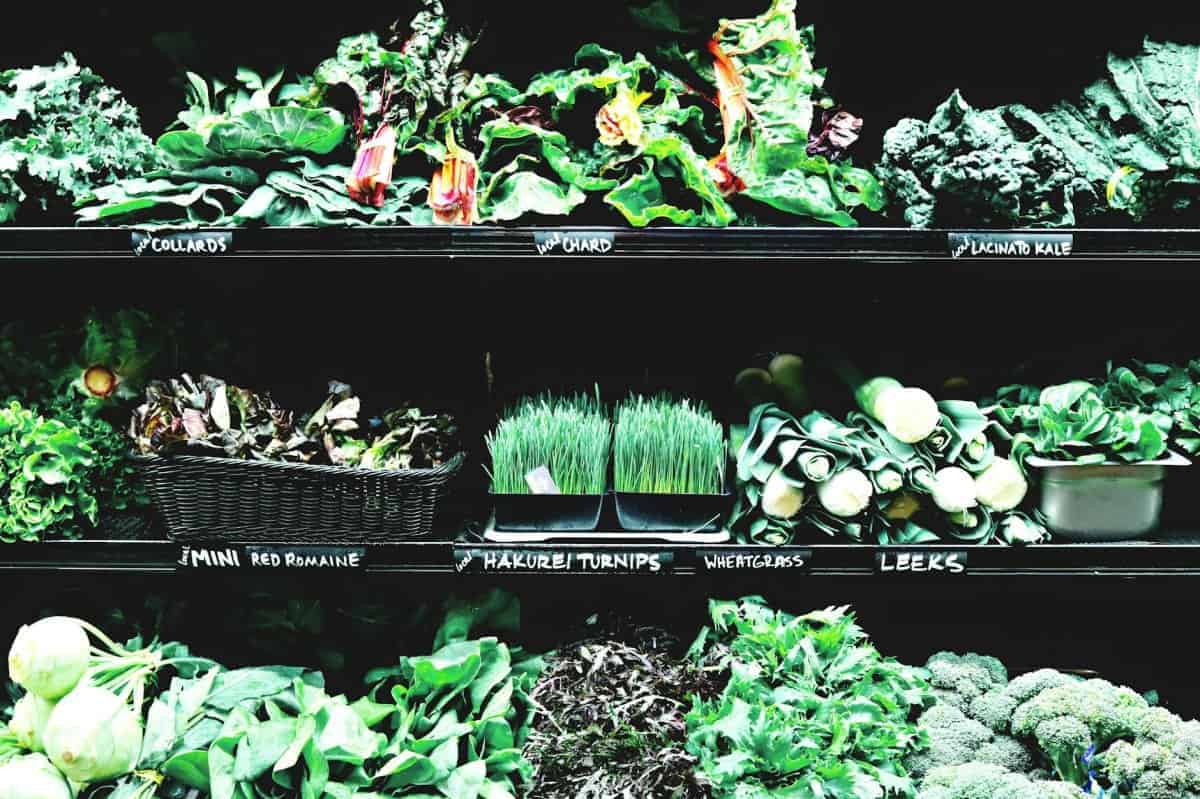
Kale, often referred to as a nutritional powerhouse, provides an impressive calcium content that rivals traditional dairy sources. Just one cup of cooked kale offers around 177 milligrams of calcium—nearly 20% of the daily recommended intake and comparable to half the calcium found in a typical glass of milk. Beyond calcium, kale is packed with vitamins A, C, and K, as well as fiber, antioxidants, and iron, making it a well-rounded addition to your diet. Whether tossed fresh into salads, blended into smoothies, or sautéed with garlic and olive oil, kale is a versatile and delicious way to boost your calcium intake.
2. Broccoli

Broccoli may not be the first food that comes to mind when you think of calcium, but this crunchy green vegetable is surprisingly rich in the mineral. A single cup of cooked broccoli contains about 62 milligrams of calcium, contributing meaningfully toward your daily calcium goal. In addition to supporting bone density, broccoli is loaded with essential nutrients like vitamin C, vitamin K, folate, and dietary fiber. Easily steamed, roasted, or added raw to salads and stir-fries, broccoli is a tasty and convenient way to enhance your meals while nourishing your bones and boosting overall health.
3. Spinach

Spinach is widely recognized as a nutrient-dense leafy green, providing approximately 245 milligrams of calcium per cooked cup—nearly a quarter of the recommended daily intake. However, spinach also contains oxalates, natural compounds that can inhibit calcium absorption. To improve the bioavailability of calcium from spinach, it’s best enjoyed cooked rather than raw, as cooking can significantly reduce oxalate content. Lightly steaming, blanching, or sautéing spinach helps release its full nutritional potential, making it easier for your body to benefit from the calcium and other valuable nutrients like iron, potassium, and vitamin A present in this versatile vegetable.
4. Bok Choy

Bok choy, also known as Chinese cabbage, is a crisp and mild-flavored vegetable that’s highly underrated as a calcium source. A cup of cooked bok choy contains approximately 160 milligrams of calcium, an amount that stands impressively close to the calcium levels found in half a glass of milk. Apart from calcium, bok choy is rich in vitamins A, C, and K, as well as antioxidants that support overall health. To retain its nutritional value and enhance flavor, try lightly stir-frying, steaming, or sautéing bok choy with garlic and ginger, making it a delicious and nutritious addition to any meal.
5. Collard Greens
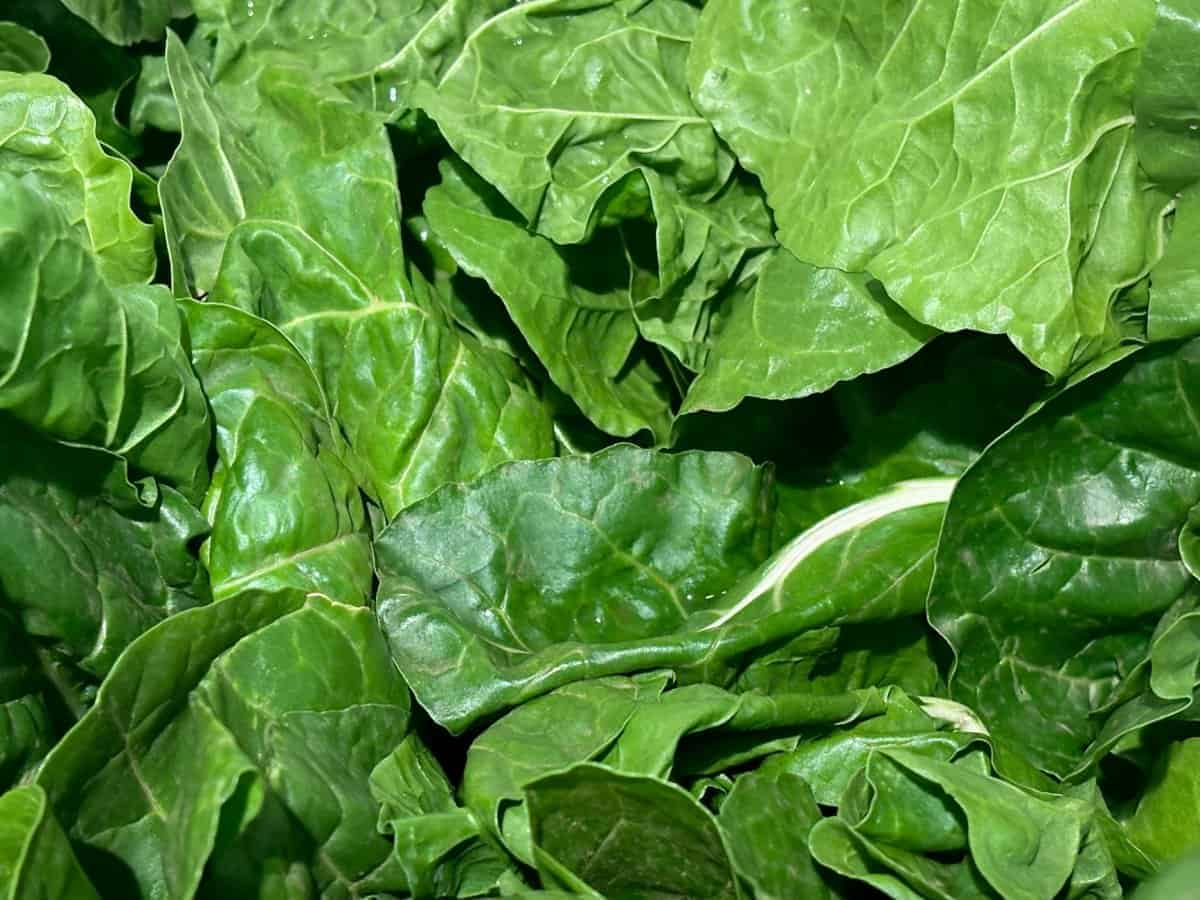
Collard greens stand out as an exceptional plant-based source of calcium, providing approximately 268 milligrams per cooked cup—nearly equivalent to the calcium content found in a glass of milk. Beyond calcium, collard greens offer high levels of vitamin K, vitamin C, and fiber, promoting bone strength and overall wellness. To get the most nutritional benefit, consider gently steaming or sautéing collard greens, which preserves nutrients while enhancing flavor. They pair wonderfully with garlic, onions, and a splash of lemon juice, making them an easy, tasty, and calcium-rich side dish to complement your favorite meals.
6. Almonds
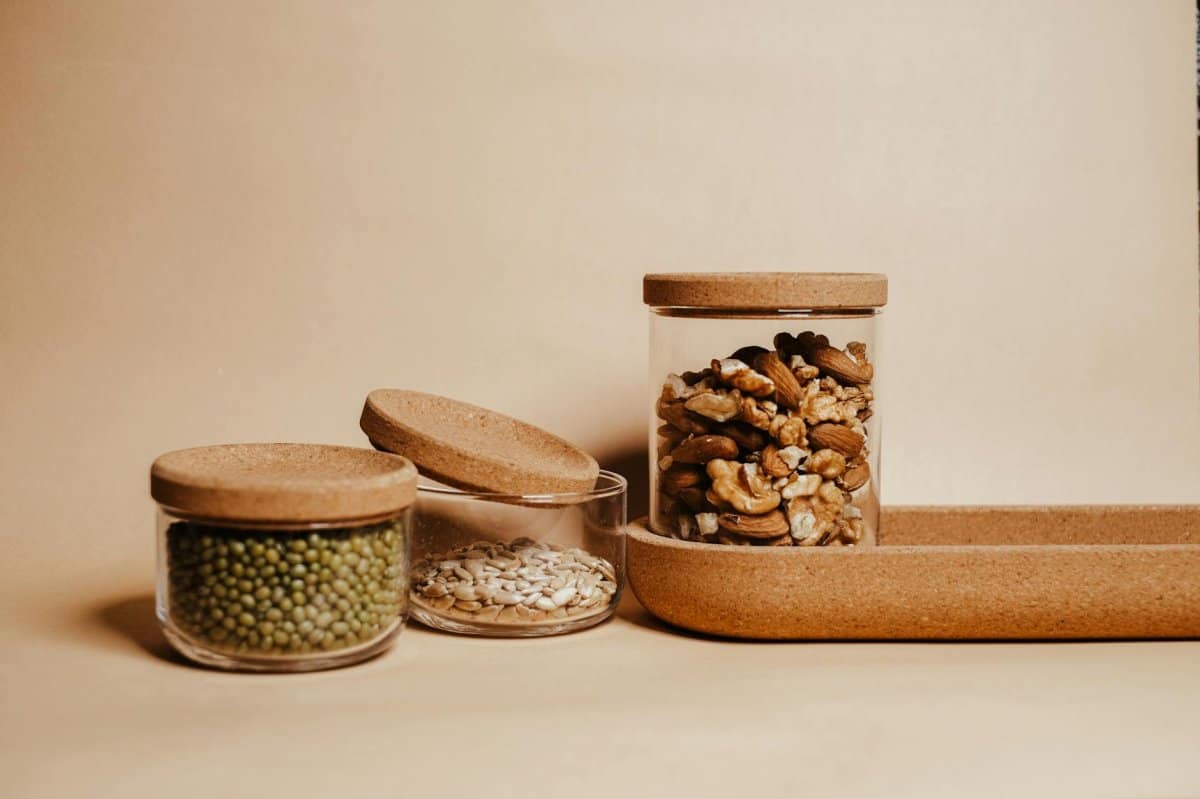
Almonds aren’t just a delicious snack—they’re also packed with calcium, delivering about 75 milligrams in a single ounce (approximately 23 almonds). Alongside calcium, almonds are abundant in dietary fiber, protein, healthy fats, and vitamin E, making them a nutrient-dense choice for sustained energy and overall wellness. Incorporating almonds into your diet is effortless: sprinkle sliced almonds over oatmeal or yogurt, blend almond butter into smoothies, or simply enjoy a handful as an on-the-go snack. Their versatility and convenience make almonds an ideal option to boost your daily calcium intake while enhancing the nutritional quality of your meals.
7. Fortified Soy Milk
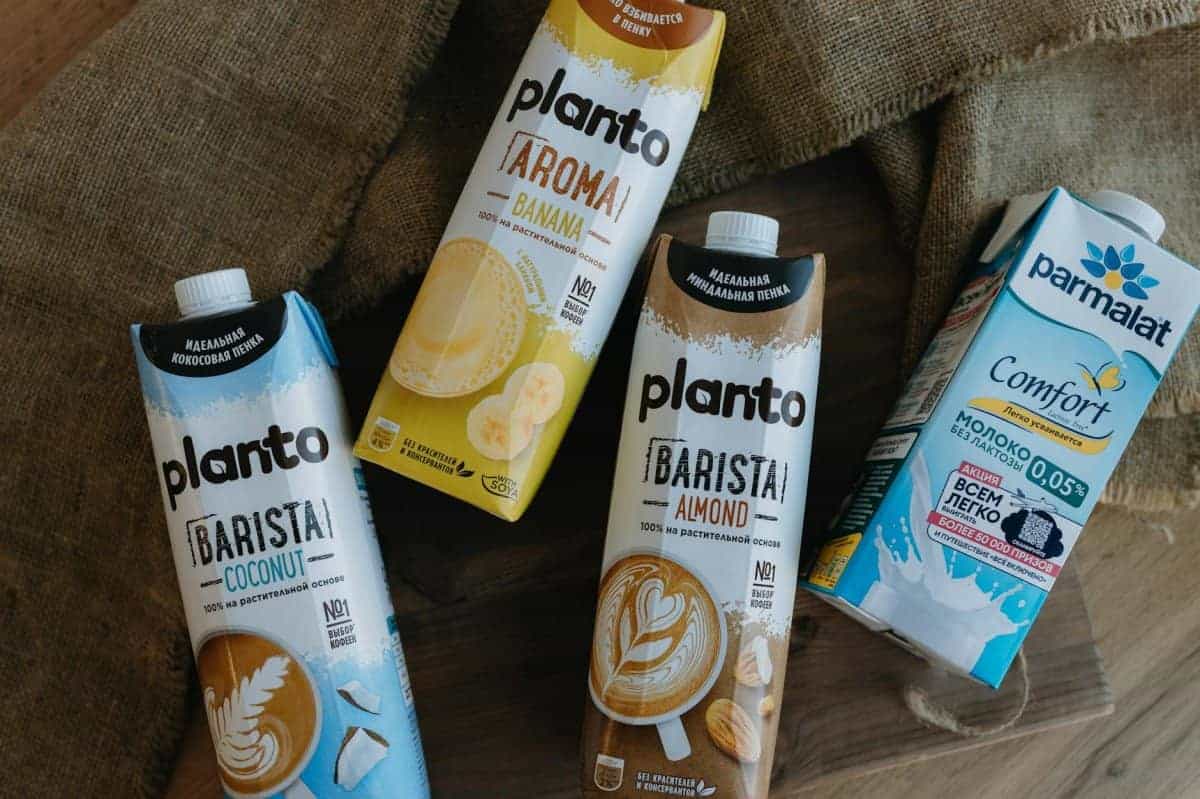
Fortified soy milk is a fantastic dairy-free alternative, providing calcium levels that often match or even surpass those found in regular cow’s milk—typically around 300 milligrams per serving. Beyond calcium, soy milk is naturally rich in protein, vitamin D, and essential minerals, making it a nutritious addition to your daily diet. When selecting soy milk, look for varieties clearly labeled as “calcium-fortified” to ensure optimal nutrition. Enjoy fortified soy milk poured over cereal, blended into smoothies, or simply sipped on its own, providing the creamy texture and nutritional benefits comparable to traditional dairy products.
8. Fortified Orange Juice

Calcium-fortified orange juice offers a refreshing and convenient way to boost your daily calcium intake, delivering approximately 300 milligrams per eight-ounce serving—on par with a glass of cow’s milk. In addition to calcium, fortified orange juice provides a significant dose of vitamin C, potassium, and folate, enhancing your overall nutritional intake. When shopping, be sure to choose brands clearly labeled as “calcium-fortified” to maximize this benefit. Enjoy a glass with breakfast, blend it into a smoothie, or incorporate it into recipes and marinades, effortlessly increasing your calcium consumption while brightening your meals with its vibrant flavor.
9. Sardines

Sardines may be small, but they’re nutritional giants when it comes to calcium, with a single 3-ounce serving providing around 325 milligrams—more than the calcium found in a glass of milk. These flavorful, bite-sized fish deliver calcium primarily from their soft, edible bones. Beyond their calcium content, sardines are also rich in heart-healthy omega-3 fatty acids, high-quality protein, and vitamin D, essential for optimal bone health and overall wellbeing. Enjoy sardines atop whole-grain crackers, tossed into salads, or incorporated into pasta dishes for a tasty, convenient way to enhance your calcium intake and nutritional profile.
10. Salmon

Salmon, especially canned varieties containing edible bones, is an excellent source of dietary calcium, offering approximately 180 milligrams per 3-ounce serving—making it a nutritious alternative to dairy products. Besides calcium, salmon is renowned for its high omega-3 fatty acid content, promoting heart health, reducing inflammation, and supporting brain function. Rich in high-quality protein and vitamin D, salmon is a versatile ingredient that easily fits into various dishes. Use canned salmon to create calcium-rich salads, tasty sandwiches, or quick salmon cakes, adding both flavor and nutritional depth to your meals while boosting your calcium intake effortlessly.
11. Chia Seeds
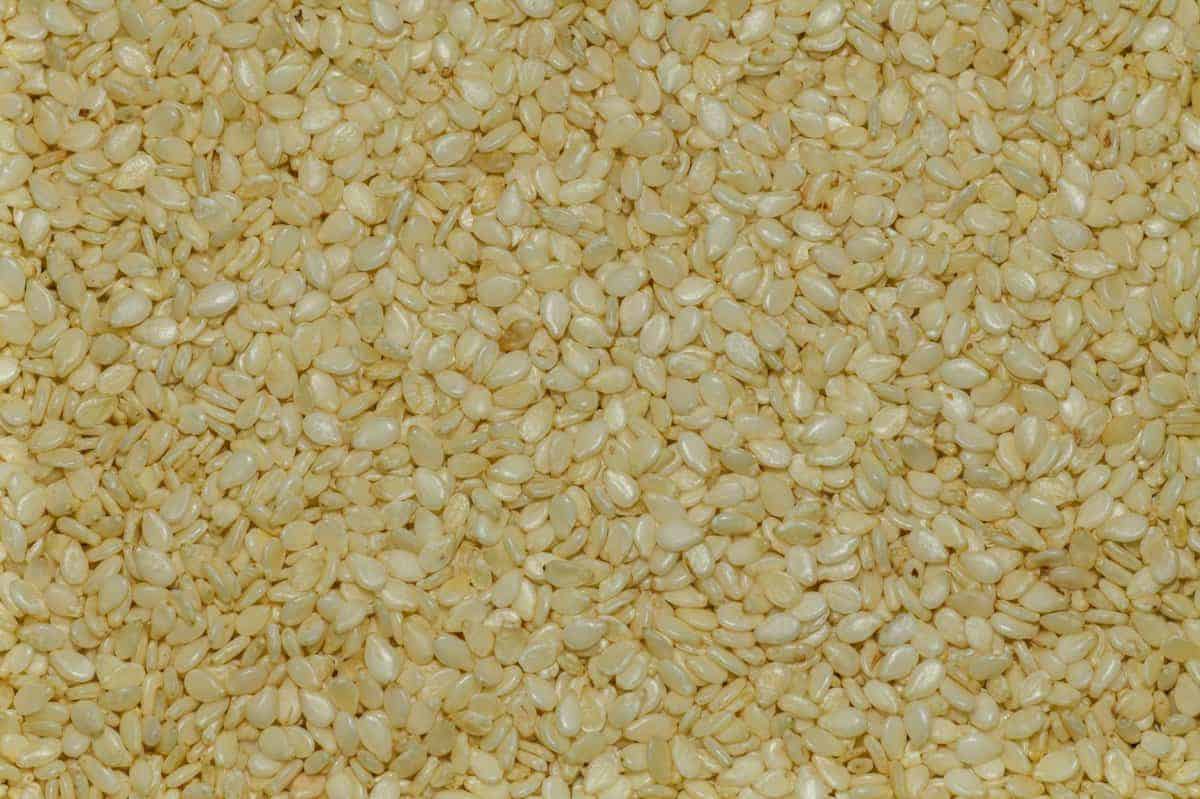
Tiny yet mighty, chia seeds deliver an impressive calcium boost, providing approximately 179 milligrams in just two tablespoons. Not only do they rival traditional dairy sources in calcium content, but chia seeds also contain abundant dietary fiber, protein, and heart-healthy omega-3 fatty acids, making them a nutritional powerhouse. Their mild flavor and versatile texture allow for easy incorporation into everyday meals: sprinkle chia seeds over oatmeal or yogurt, blend them into smoothies, or soak them overnight to create delicious chia pudding. These nutrient-packed seeds offer a simple, tasty way to elevate your calcium intake and overall nutrition.
12. Sesame Seeds

Sesame seeds are small but mighty, offering an impressive calcium content of approximately 88 milligrams per tablespoon. Rich in essential minerals like magnesium and iron, sesame seeds also provide fiber and beneficial fats, enhancing heart health and overall nutrition. Their subtly nutty flavor pairs wonderfully with both sweet and savory dishes. Sprinkle toasted sesame seeds over salads, stir-fries, or roasted vegetables for added crunch and calcium. Alternatively, incorporate tahini—a creamy paste made from ground sesame seeds—into hummus, salad dressings, or smoothies, easily boosting your daily calcium intake while enriching the taste and texture of your favorite meals.
13. Dried Figs

Dried figs are a naturally sweet snack offering a surprising calcium boost, delivering approximately 121 milligrams per half-cup serving. Beyond calcium, dried figs provide dietary fiber, potassium, magnesium, and antioxidants, supporting digestive health and overall wellness. Their chewy texture and subtly sweet flavor make them an ideal nutritious alternative to sugary snacks or desserts. Enjoy dried figs on their own as a convenient snack, chop and add them to oatmeal or yogurt, or incorporate them into homemade trail mixes. They’re also delicious when paired with cheeses or nuts, providing a delightful way to enhance both taste and calcium intake.
14. White Beans
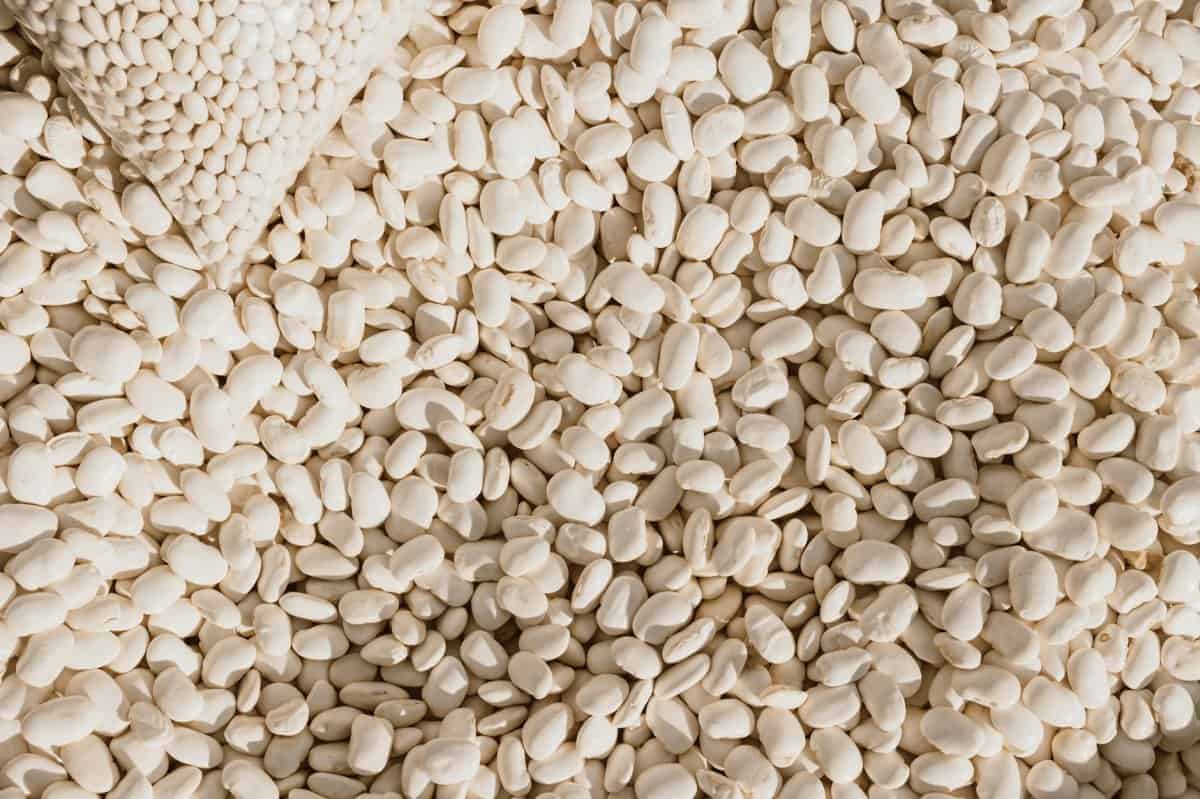
White beans, such as navy or cannellini beans, are nutrient-dense legumes offering approximately 160 milligrams of calcium per cooked cup, making them an excellent plant-based calcium source. In addition to calcium, white beans deliver a significant amount of dietary fiber, protein, iron, and potassium, supporting digestive health, sustained energy, and overall nutrition. These creamy beans are incredibly versatile and easy to prepare: blend them into hearty soups, stews, or chili, toss them into fresh salads, or purée them into flavorful dips and spreads. Adding white beans to your meals is a delicious way to boost calcium intake effortlessly.
15. Tofu

Tofu, particularly the calcium-set variety, is an outstanding dairy-free calcium source, offering roughly 350 milligrams per half-cup serving—exceeding the calcium content typically found in a glass of milk. Beyond calcium, tofu provides high-quality plant protein, iron, and essential amino acids, making it a nutritional staple, especially for those following vegetarian or vegan diets. Its mild flavor and versatile texture allow it to easily absorb seasonings and flavors. Incorporate firm tofu into stir-fries, scramble it as an egg substitute, or blend silken tofu into smoothies and desserts for a creamy, nutritious boost to your calcium intake.
16. Edamame

Edamame, the young soybean harvested before fully matured, provides a nutritious calcium boost, offering approximately 98 milligrams per cooked cup. Alongside calcium, edamame is an excellent source of plant-based protein, dietary fiber, and essential vitamins like folate and vitamin K, promoting bone health, digestive wellness, and sustained energy. Its vibrant flavor and tender texture make it a delightful snack or side dish. Enjoy edamame steamed and lightly salted straight from the pod, tossed into salads, or incorporated into stir-fries for an easy, delicious way to enrich your meals while effortlessly increasing your daily calcium intake.
17. Yogurt

Yogurt is a delicious dairy-based source of calcium, providing approximately 300 milligrams in a single cup—comparable to a glass of milk. In addition to its impressive calcium content, yogurt is renowned for beneficial probiotics that promote digestive health and support a robust immune system. It’s also a rich source of protein, vitamin B12, and potassium, making it a nutrient-dense addition to your diet. Enjoy yogurt topped with fresh fruit and granola, blended into smoothies, or as a creamy substitute in recipes, effortlessly boosting your calcium intake while enhancing your overall nutritional profile.
18. Cheese
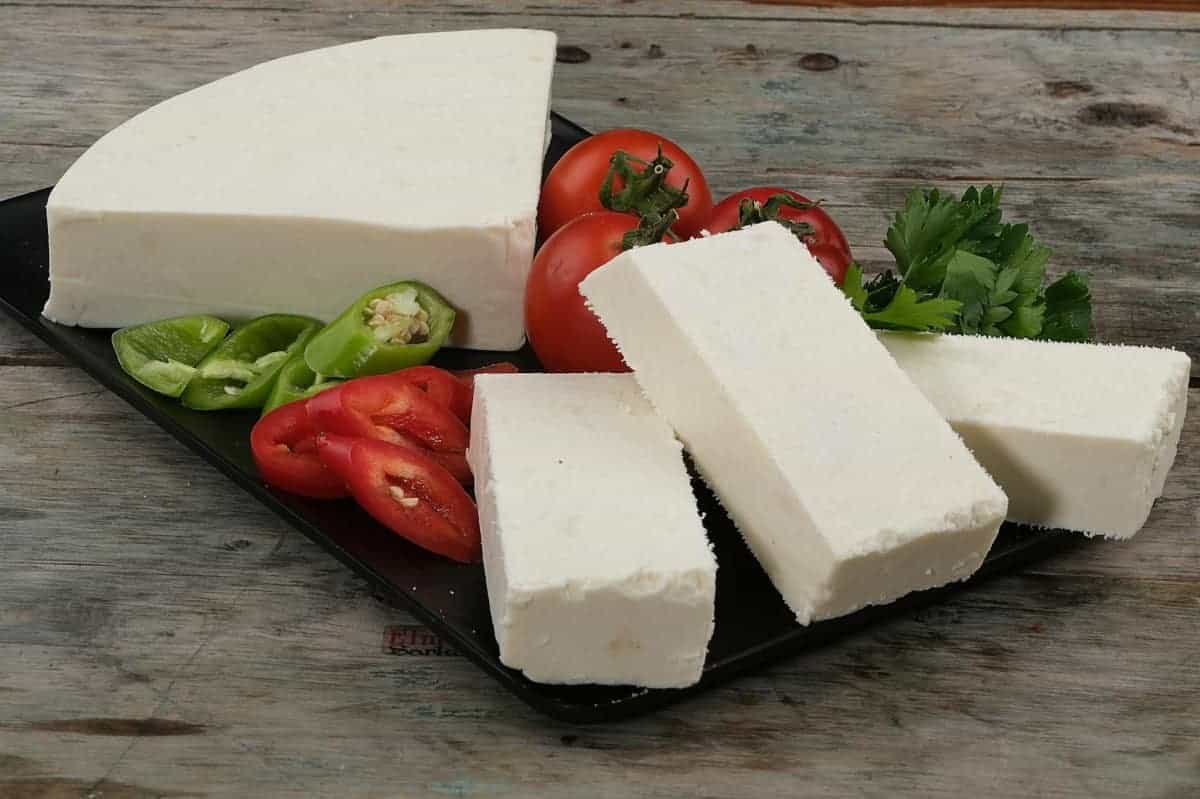
Cheese is a flavorful dairy alternative that packs a significant calcium punch, with varieties like cheddar, mozzarella, and Swiss providing around 200 milligrams per ounce. Beyond calcium, cheese is a source of high-quality protein, vitamins A and B12, and beneficial fatty acids. However, it’s important to enjoy cheese in moderation due to its higher saturated fat and sodium content. Incorporate cheese into your diet by sprinkling grated parmesan over pasta, melting mozzarella onto homemade pizza, or adding feta to vibrant salads, allowing you to savor its rich flavors while meeting your calcium needs with ease.
19. Okra
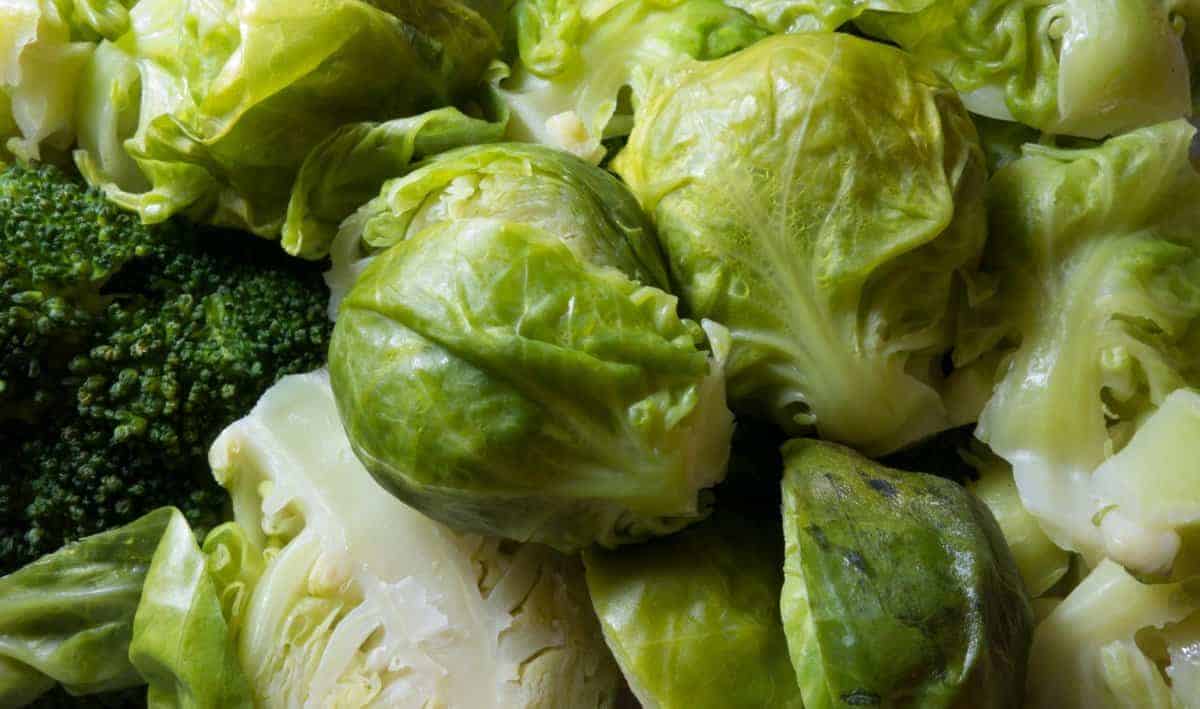
Okra, a vibrant green vegetable often featured in Southern and international cuisines, is a notable source of calcium, offering approximately 123 milligrams per cooked cup. In addition to calcium, okra is packed with dietary fiber, vitamin C, and antioxidants, promoting digestive health and immune support. Its unique texture and mild flavor make it a versatile addition to various dishes. To minimize its natural sliminess, quickly sauté, roast, or grill whole okra pods with spices and olive oil, or incorporate sliced okra into soups and stews, creating flavorful meals that effortlessly boost your calcium and overall nutrient intake.
20. Rhubarb

Rhubarb is more than just a tangy ingredient in pies and desserts—it’s also surprisingly calcium-rich, containing about 105 milligrams per cooked cup. However, it’s important to note that rhubarb contains oxalates, naturally occurring compounds that can limit calcium absorption. To reduce oxalate content and enhance calcium bioavailability, cook rhubarb thoroughly before consuming. Enjoy it gently stewed with a touch of honey or mixed into sauces, jams, and compotes. Incorporating cooked rhubarb into yogurt, oatmeal, or baked goods provides a delicious way to diversify your calcium sources and boost overall nutritional intake.
Conclusion

While milk is often the go-to source for calcium, diversifying your diet with a variety of calcium-rich foods offers numerous nutritional benefits beyond bone health. Incorporating leafy greens, nuts, seafood, legumes, and fortified foods ensures you not only meet your daily calcium requirements but also gain additional vitamins, antioxidants, fiber, and healthy fats. Embracing these diverse alternatives can enhance overall vitality, support digestive wellness, and help prevent chronic diseases. Start exploring these delicious options today and create balanced, nutrient-rich meals that nourish your bones and body, keeping you strong and healthy for years to come.
.article-content-img img { width: 100% }




